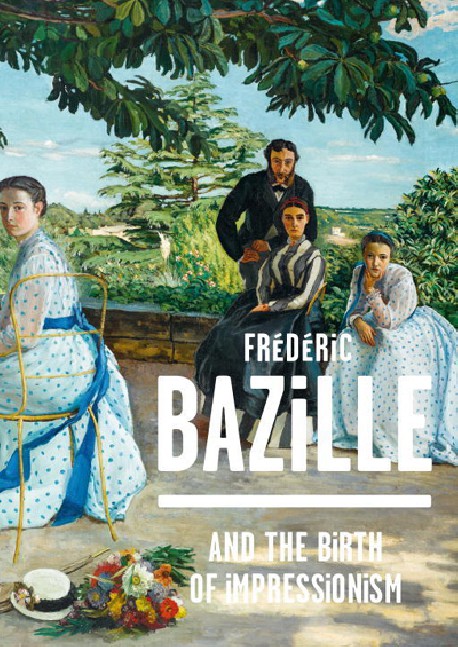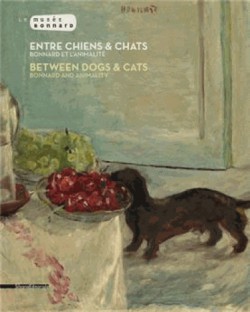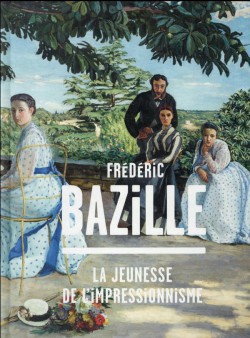No products
Product successfully added to your shopping cart
There are 0 items in your cart. There is 1 item in your cart.
Bilingual art books and foreign editions
- New Art Books
- Exhibition catalogue
- Highlights
- Art Book Sale
- Museum's Shop & Gifts
- Bilingual art books and foreign editions
- Children's Books
- Art History
- Painting
- Architecture
- Sculpture
- Drawing & Engraving
- Photography
- Contemporary art
- Decorative Arts & Design
- Art Techniques
- Critics
- Entertainment art books
- Civilisations
- Partners Reviews
Frédéric Bazille and the birth of impressionism (English Edition)
How should we consider the work of Frédéric Bazille, who died in combat in 1870 during the Franco-Prussian War aged just 28? Although his early paintings are clearly those of a budding painter, influenced by Realism and by his friend Monet, he nevertheless went on to complete numerous masterpieces in which he gradually asserted his unique talent.
Shipped within 3 to 6 days
| Model | 9782080202857 |
| Artist | Frédéric Bazille |
| Author | Michel Hilaire, Paul Perrin |
| Publisher | Flammarion |
| Format | Hardcover |
| Number of pages | 304 |
| Language | English |
| Dimensions | 310 x 230 |
| Technique(s) | 250 illustrations |
| Published | 2016 |
| Museum | Musée d'Orsay, Paris |
Exhibition catalogue Frédéric Bazille and the birth of impressionism, Musée d'Orsay, Paris (Nobember 15, 2016 - Marc 5, 2017).
Around sixty paintings have come to us, each one a challenge, another milestone for the young artist, enabling us to follow his progress towards the increasingly personal expression of his "temperament", in the words of the time.
Organised both thematically and chronologically, the exhibition places the works of Bazille amongst those of his contemporaries like Delacroix, Courbet, Manet, Monet, Renoir, Fantin-Latour, Guigou, Scholderer and Cézanne.
These confrontations place his work at the heart of the great issues of avant-garde painting in the 1860s (modern life, the renewal of traditional genres such as portrait, the nude and still life, plein air painting and peinture claire, etc.), to which Bazille made a considerable contribution, and which also highlight the great originality of his inspiration.
The exhibition thus invites us to take another look at an artist who, in spite of his early death, was a key figure in the birth of Impressionism. The most recent research and scientific studies in particular shed light on Bazille’s methods of working and his links with Monet and Renoir, and reveal evidence of works that were thought to have disappeared - the missing links in an unusual body of work.
Recently viewed items














